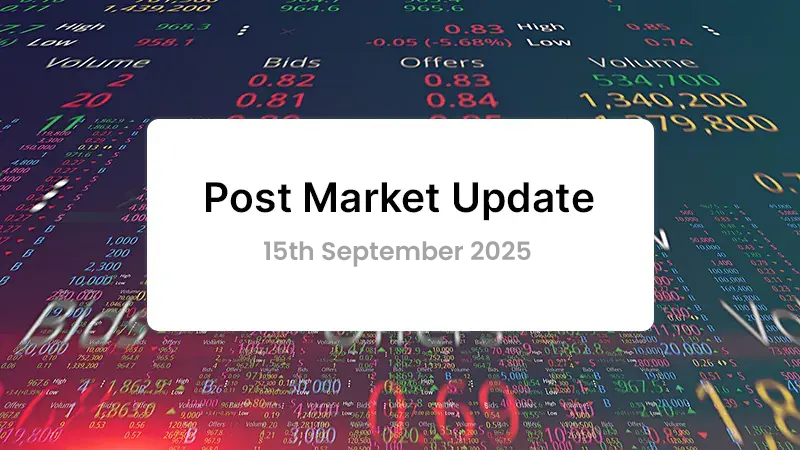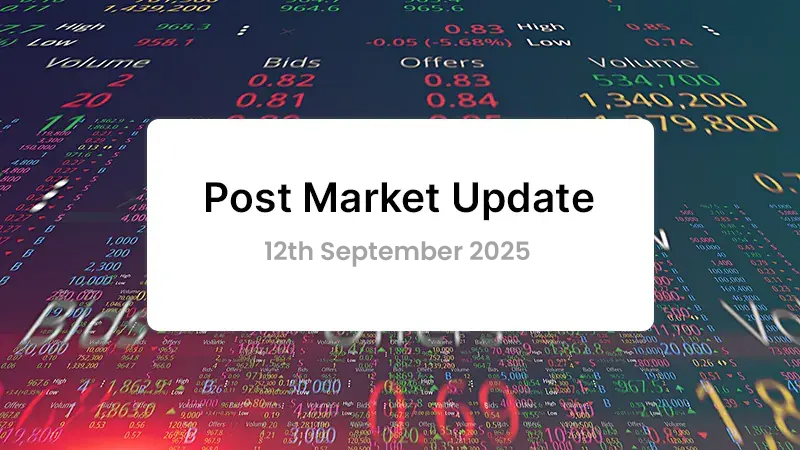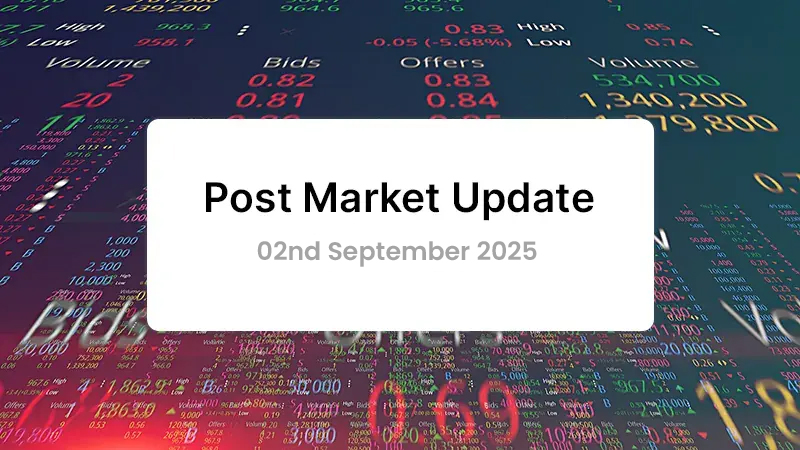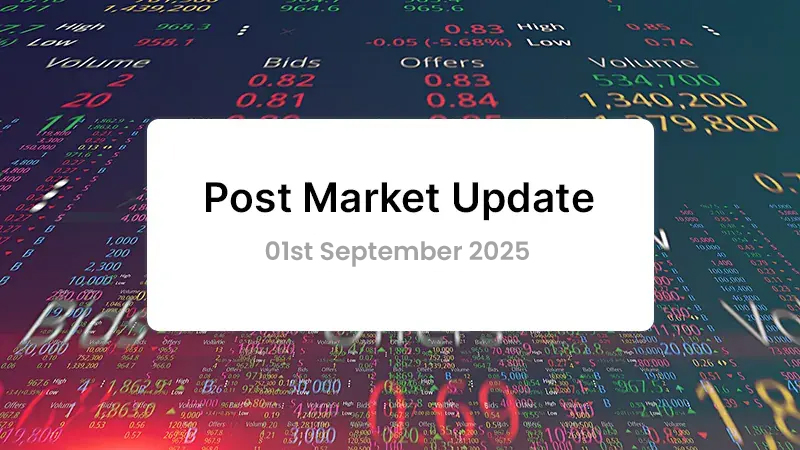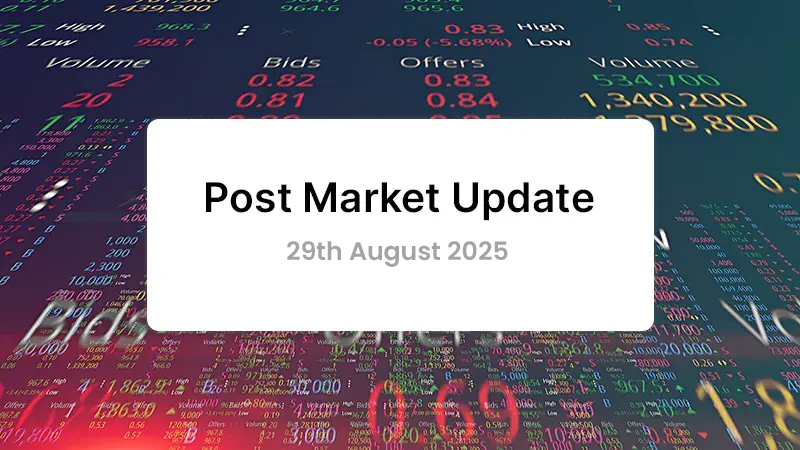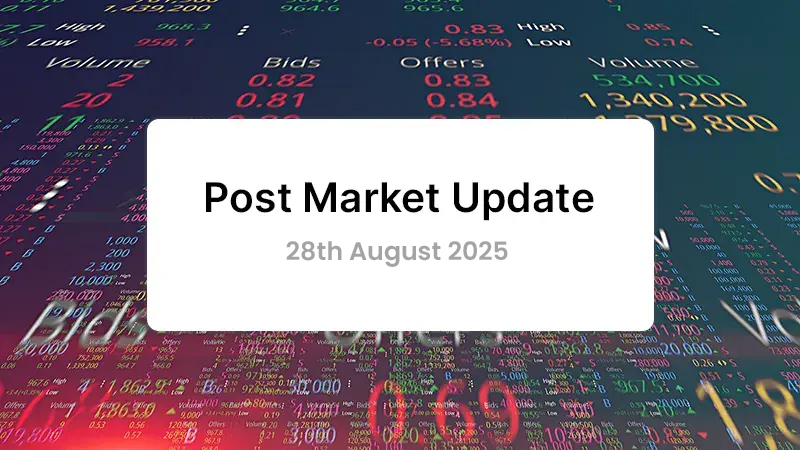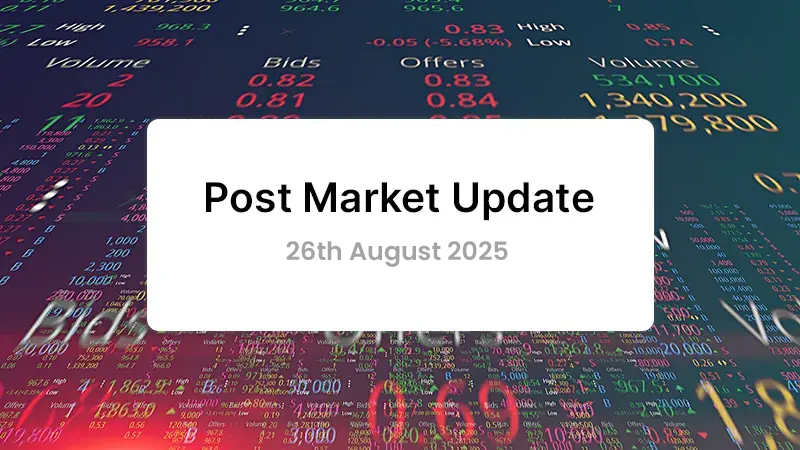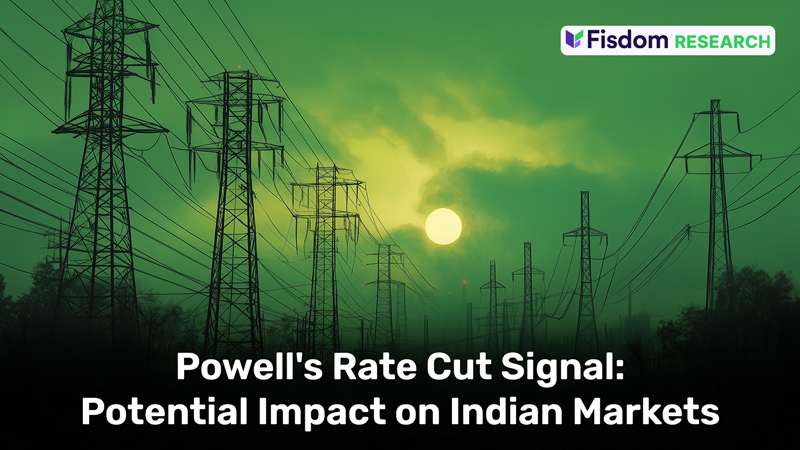
| The time has come for policy to adjust. The direction of travel is clear, and the timing and pace of rate cuts will depend on incoming data, the evolving outlook, and the balance of risks. -Jerome H. Powell (Chair board of government of the federal reserve system) |
Key Insights
- Inflation Control and Labor Market
Chair Jerome Powell emphasized the Federal Reserve’s significant progress in managing inflation, which has now declined to a level closer to the Fed’s 2% target. Despite the cooling inflation, the labor market remains strong, although it has cooled from its overheated state seen in the previous years. The unemployment rate has risen to 4.3%, which, while still low by historical standards, reflects a substantial increase from the levels in early 2023. Powell noted that the current labor market conditions are unlikely to contribute to elevated inflationary pressures moving forward.
- Monetary Policy Outlook
Powell indicated that the Federal Reserve’s monetary policy will be adjusted based on incoming data and the evolving economic outlook. The direction of future rate cuts will depend heavily on the balance of risks between inflation and employment. Powell’s remarks suggest a cautious approach, where the Fed will aim to support a strong labor market while ensuring price stability. The potential for rate cuts was acknowledged, but the timing and pace will be determined by economic indicators.
- Global Supply Chain and Economic Recovery
Powell discussed the pandemic’s prolonged impact on global supply chains and the overall economic recovery. He highlighted how supply constraints, coupled with shifts in demand, led to significant inflationary pressures. As these supply constraints have gradually eased, the Fed’s restrictive monetary policy has helped moderate aggregate demand, contributing to the reduction in inflation without severely impacting economic growth. Powell also emphasized the importance of anchored inflation expectations in facilitating this disinflationary process.
Historical Instances of Federal Reserve Hints at Rate Changes
| Year | Event/Announcement | Rate Cuts Start Date | Months Between Announcement and Rate Cuts |
| 2001 | Fed indicated economic weakness and potential rate cuts | January 2001 | 3 |
| 2007 | Fed hinted at economic slowdown and possible rate cuts | September 2007 | 3 |
| 2015 | Fed indicated a more cautious approach to rate hikes | December 2015 (No cuts, continued hikes) | – |
| 2016 | Fed signaled a cautious approach to rate hikes amid global economic uncertainty | December 2016 (No cuts, continued hikes) | – |
| 2019 | Powell signaled a pause and potential rate cuts amid slowing global growth | Jul-19 | 6 months |
| 2020 | Powell indicated a readiness to cut rates in response to COVID-19 economic impact | Mar-20 | 1 month |
| 2022 | Powell hinted at potential rate hikes amid rising inflation concerns | Mar-22 | 4 months |
| 2024 | Powell indicated a readiness to cut rates in response to the COVID-19 economic impact | No cuts yet | – |
As shown above, whenever such hints were made, rate cuts typically followed within a 3–6-month window, particularly in periods of economic uncertainty or slowdown. This trend has been consistent, with both Powell’s and his predecessors’ comments often serving as a precursor to actual policy adjustments. For example, in 2019, Jerome Powell signaled a potential pause and rate cuts amid global growth concerns, and the first cut materialized just six months later in July 2019. Similarly, in response to the COVID-19 economic impact in early 2020, Powell indicated a readiness to reduce rates, leading to a significant cut within just one month.
Given this pattern, the possibility of a rate cut following Powell’s recent comments in 2024 cannot be ruled out, even though the exact timing remains uncertain & data-driven.
What actions might the RBI potentially take?
India has historically aligned its monetary policy with the Federal Reserve’s interest rate decisions, although often with a lag or not simultaneously. When the Fed adjusts its interest rates, the ripple effects are felt globally, particularly in emerging markets like India. These changes impact capital flows, exchange rates, and inflation expectations, necessitating a response from central banks around the world.
In India, the Reserve Bank of India (RBI) typically adjusts its policy rates in reaction to the Fed’s moves to manage these effects. While the timing may vary, and the magnitude of the adjustments may differ, the underlying trend is clear: India’s monetary policy is influenced by the Federal Reserve’s actions. This relationship is crucial for maintaining economic stability, as ignoring the Fed’s rate changes could lead to adverse impacts on the rupee, inflation, and overall financial stability.
| Year | Fed Action | Fed Rate Change (bps) | RBI Response | RBI Rate Change (bps) | Cycle Period |
| 2007-2008 | Aggressive rate cuts during the financial crisis | -525 bps | Rate cuts of -425 bps over several months | -425 bps | Rate Cut Cycle |
| 2013 | Announcement of tapering QE (Taper Tantrum) | No immediate change | MSF rate hike of +200 bps and currency market intervention | +200 bps (MSF rate hike) | Currency Stabilization |
| 2015 | First rate hike in nearly a decade | +25 bps | No immediate rate hike, cautious stance | No change | Neutral |
| 2018 | Continued rate hikes throughout the year | +100 bps | Two rate hikes totaling +50 bps | +50 bps | Rate Hike Cycle |
| 2020 | Aggressive rate cuts in response to COVID-19 | -150 bps | Rate cuts totaling -115 bps over several months | -115 bps | Rate Cut Cycle |
| 2022 | Aggressive rate hikes in response to inflation | +525 bps | Rate hikes totaling +250 bps | +250 bps | Rate Hike Cycle |
| 2024 | Powell hints at potential rate cuts as inflation cooled and labor market stabilized | No cuts yet | Monitoring Fed signals, no rate cuts yet | No change yet | Neutral/Monitoring |


